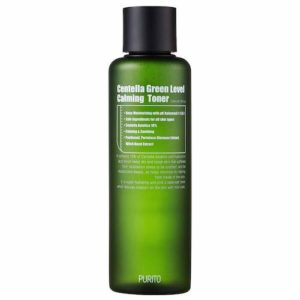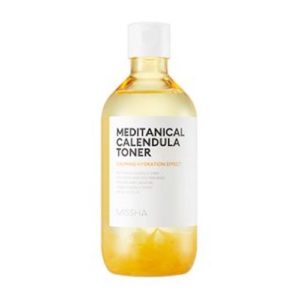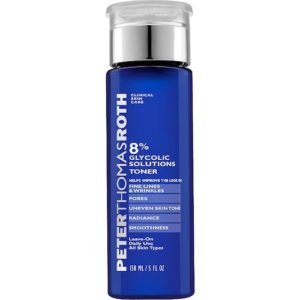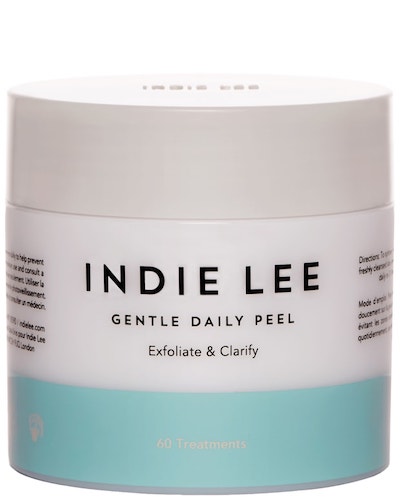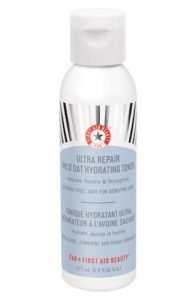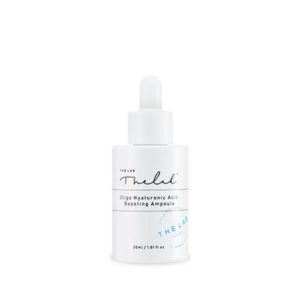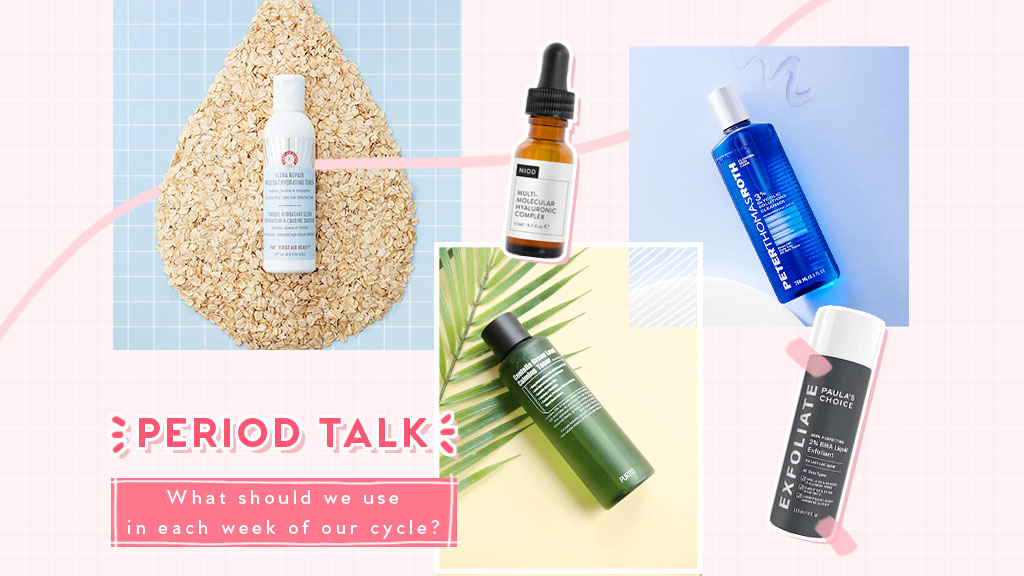
Welcome to Period 101! It’s time to break the taboo and talk all things period! Why do we get cramps and breakouts? Are we even supposed to get them? There’s so much going on within our bodies that we may not about, such as the process that leads up to our monthly bleed and what comes after.
It’s also important to know that hormones play such a huge role in our menstrual cycle. And it’s these hormones that determine whether or not our cycle is happy and healthy.
Chapter 1: What Is Your Period?
Period Explained
In the female body, there are two ovaries – the reproductive organs that help to store the eggs. During each menstrual cycle, one ovary is in charge of releasing an egg to be fertilized. Now, this can go two ways.
- Fertilization takes place and your body is ready to grow a baby OR
- Your egg is left unfertilized and it disintegrates
Once number 2 happens, the thick uterine lining that was actually supposed to help support the pregnancy sheds itself. The blood, tissue, and mucus that come from this shedding is tadaaa…your period!
The Phases of Your Menstrual Cycle
In total, there are four main phases, your period being one of them. To understand the phases a little easier, we can think of them as the four seasons [winter, spring, summer, fall].
Menstruation, aka your period, makes up the ‘winter’ phase. During this week, it’s best to slow things down and reflect. More importantly, you should find time to be there for yourselves. Next, we have the proliferative phase. This is when the uterine lining builds and thickens up again, almost like spring – the season of rebirth. It’s the perfect time to get your creative juices flowing and explore.
Ovulation is summertime h-o-t hot! An egg is released and ready to be fertilized. Your confidence is soaring, and you’re ready to socialize. During this phase, it’s also when you should continue to work on those interpersonal relationships. Last, we enter the luteal phase, or your ‘inner fall’. You’re winding down from the ovulation peak and ready to jump back into your little cocoon. Practice some self-compassion and prepare yourselves to repeat the cycle all over again.
Chapter 2: The Role of Your Hormones
Hormone Levels & Skin Changes
The two main female hormones are estrogen and progesterone. As they rise and fall throughout your menstrual cycle, you may experience some great and some not so great skin changes.
During menstruation, your estrogen and progesterone levels will stay low. This may start to clear up your skin, but leave it feeling dry and dull. Your skin will be extra sensitive, so stick with your gentle products.Try incorporating hyaluronic acid, as well as a creamy moisturizer to lock the hydration in.
Right before ovulation, your estrogen levels are going to rise and peak. And that means increased collagen production, so prepare to shine! You might want to get your hands on a gentle exfoliant because this phase really emphasizes cell turnover and skin renewal.
Just when you think you’ve reached skin bliss, your estrogen levels fall and your progesterone levels rise. Clogged pores and increased sebum production take over, and you’re left with acne. When you experience breakouts, be sure to throughly cleanse your face and take extra good care of your skin. Find products with ingredients that can help to combat those pimples.
Hormonal Imbalance & Period Blood
Your hormones naturally fluctuate during your cycle. But when your levels are either too high or too low when they’re not supposed to be, things can go wrong. Hormonal imbalance can lead to heavy periods and cramps, for instance.
One way to check if your levels are a-ok is by staring at your period. I know you probably don’t want to spend time looking at blood that just came out of your body, but trust me. This test can really say a lot about what’s going on inside and make sure that everything is 100% positive.
When your hormone levels are exactly where they should be and your period is healthy, the blood should resemble a cranberry red. The texture is not too thick, not too thin. It’s also common for your blood to start out bright red, which indicates fresh blood, then end up much darker.
If you notice more of a brown or black color [coffee grounds], then that means the blood has been oxidized and sitting in your uterus for quite awhile. This could even be leftover blood from your previous cycle. When your period is streaky or spotty, something’s wrong. Your progesterone levels are low, which can cause abnormal bleeding and even missed periods.
Dark blue or purple blood is a sure sign that your estrogen is super high. Too much estrogen can cause problems with your period, as well as other health concerns.
Now you might be okay with having a very short, light period. But this can indicate low levels of estrogen and lead to weight gain and other cardiovascular risks.
Product Recommendations
Menstrual Phase
Proliferative Phase
Ovulation Phase
First Aid Beauty Ultra Repair Wild Oat Hydrating Toner
Luteal Phase
For more information on the menstrual cycle, check out our video:
Head over to more information and product recommendations:



